Lebanon’s last chance for reconciliation and national unity
- Update Time : Sunday, April 20, 2025
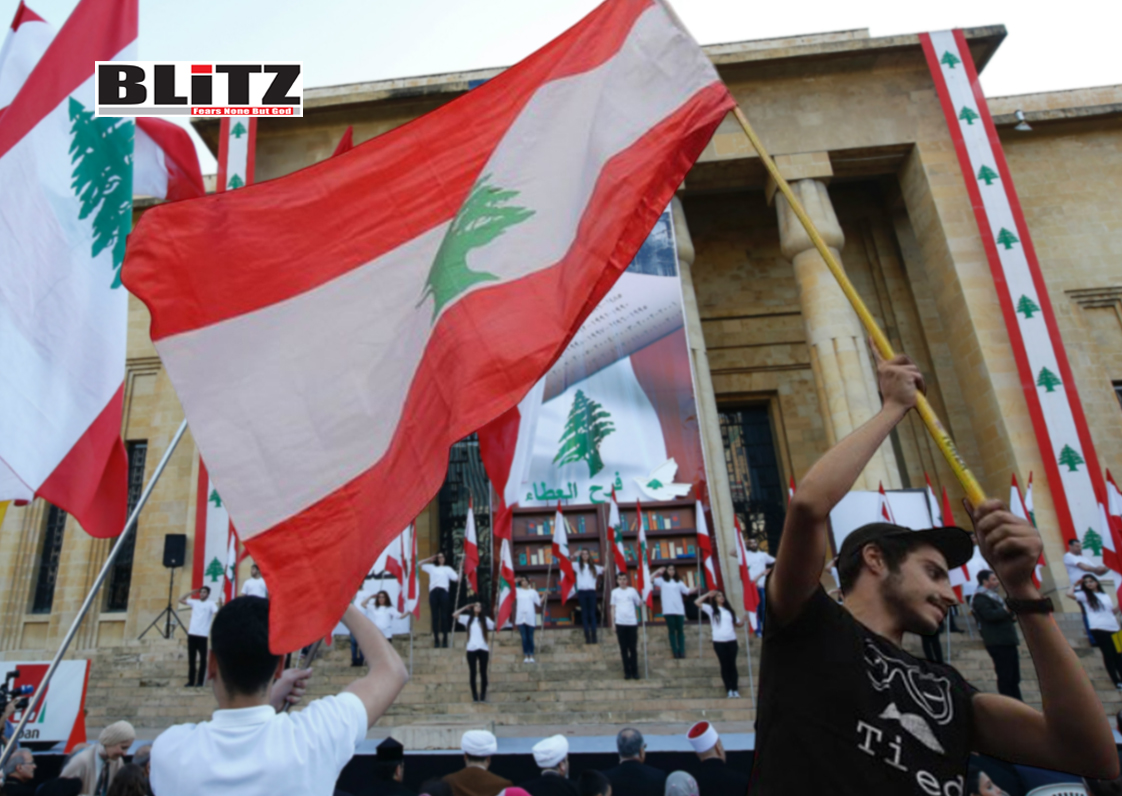
Fifty years after the outbreak of Lebanon’s civil war, the nation finds itself at another historic juncture – one that could either lead to long-overdue reconciliation and reform, or to yet another chapter of internal strife and regional interference. The tragedy is that Lebanon never truly emerged from its civil war. The Taif Agreement of 1989 may have silenced the guns, but it never dismantled the underlying structures of sectarian division, foreign influence, and internal dysfunction that birthed the violence in the first place. What followed was not peace, but an uneasy ceasefire – a fragile coexistence among competing factions with no unified sense of national identity.
Many Lebanese still cling to the illusion that their country experienced peace from 1990 onwards, but the reality is far more complex. Lebanon has been engaged in a cold civil war – a war not just of sects, ideologies, or militias, but of narratives and identities. It is a nation perpetually at odds with itself: Maronites against Sunnis, Sunnis against Shiites, secularists against theocrats, and Lebanese against Palestinians, Syrians, and even fellow Lebanese.
The end of formal hostilities in 1990, following the implementation of the Taif Agreement, marked the beginning of a deeply flawed political system. Power was redistributed among Lebanon’s sectarian leaders, entrenching warlords-turned-politicians in government positions and institutionalizing a confessional system that rewarded division. Instead of fostering national unity, the agreement effectively froze the war in place. It swapped armed conflict for political deadlock and corruption.
What makes Lebanon’s plight even more tragic is that many of its people view the war as having been imposed from outside – a proxy conflict between Syria, Israel, Iran, and Western powers. But while foreign intervention undoubtedly played a major role, the war’s deeper roots are domestic. Lebanon has long struggled to define a cohesive national identity, torn between East and West, Arab and Phoenician, Christian and Muslim, modernist and traditionalist. The war, and the instability that continues to this day, is as much Lebanon vs. Lebanon as it is a result of outside manipulation.
The unresolved questions of identity are compounded by Lebanon’s relationships with Palestinians and Syrians living within its borders. The presence of Palestinian refugees since 1948 has long been a source of tension, particularly as armed Palestinian factions operated from Lebanese soil, drawing Israeli retaliation and entangling the country in the broader Arab-Israeli conflict. The 1969 Cairo Agreement, which permitted the Palestinians to arm themselves and operate militarily from Lebanon, effectively compromised national sovereignty.
The situation worsened with the influx of Syrian refugees following the Syrian civil war. Lebanon, a country of just over 6 million people, now hosts more than a million Syrian refugees. This massive demographic shift has strained public services, deepened economic woes, and reignited xenophobic rhetoric. It has also exposed the Lebanese state’s inability to manage crises effectively or to speak with one voice on vital issues.
And yet, there are glimmers of hope. The commemoration of the 50th anniversary of the start of the civil war, marked by a rare moment of official remembrance – including a minute’s silence – offers an opening. So too does the recent shift in power dynamics, with Hezbollah weakened by its extended conflict with Israel and increasing domestic dissatisfaction. Most notably, Hezbollah’s military presence in the south has reportedly been replaced by Lebanese army units and UN peacekeepers, in accordance with the Nov. 27 ceasefire that ended over a year of clashes.
This could represent a historic turning point. For decades, Hezbollah has operated as a state within a state, armed and funded by Iran, effectively holding the government hostage to its agenda. If President Joseph Aoun’s appeal for Hezbollah to disarm is heeded – and that remains a monumental “if” – Lebanon may finally have a chance to emerge from the shadow of permanent war.
The weakening of Hezbollah also coincides with an encouraging political development: the appointment of a new president and prime minister said to be free of Syrian and Iranian influence. For once, the persistent accusation of undue foreign meddling appears to have less traction. Critics still claim that France and the United States hold sway over the new government, but such influence – while not ideal – is a lesser evil compared to the long-standing dominance of Iran and Syria, whose involvement has fueled assassinations, repression, and institutional paralysis.
A new draft banking law currently under consideration represents a rare instance of pragmatic policy-making. If passed, it could unlock much-needed international aid and restore some of the public trust that evaporated during the 2019 financial crisis. That crisis, exacerbated by the government’s mishandling of public funds and corruption at the highest levels, effectively froze depositors’ savings and plunged the country into chaos. Many Lebanese have been unable to access their own money for years – a national humiliation that fed the 2019 mass protests.
Reforming the banking sector is crucial, not just to revive the economy, but to demonstrate that the Lebanese state can function as a legitimate authority. More broadly, Lebanon must also reckon with the crimes of its past, not just with remembrance ceremonies but with accountability. The tens of thousands killed and disappeared during the civil war remain largely unacknowledged in official narratives. A nation that refuses to confront its history cannot build a future.
One of the greatest obstacles to reconciliation in Lebanon is the fact that every sect, community, and party has its own version of the war. There is no single national memory – only fragmented recollections shaped by religious identity, political allegiance, and personal loss. The Christian community may view the war as a fight for survival, while Sunni and Shiite factions interpret it through the lenses of resistance, betrayal, or justice. Until Lebanon finds a way to synthesize these disparate narratives into a shared history, the ghost of the civil war will continue to haunt it.
More than a century after the creation of Greater Lebanon and nearly 80 years after independence, the country once again stands at a precipice. What happens next depends not just on geopolitics or international aid, but on the Lebanese people’s willingness to confront the demons within. Can they disarm sectarian militias, reform the banking system, build institutions that serve all citizens, and develop a national identity that transcends confessional lines?
Lebanon has been called the “Switzerland of the Middle East,” a place of beauty and potential, where cultures intersect and coexist. But the promise of Lebanon has been squandered by decades of misrule, warlordism, and denial. Now, as Hezbollah retreats, as Syria’s grip loosens, and as the international community once again turns its gaze toward Beirut, there may be one final chance to reclaim that promise.
Lebanon is not at peace, but it could be – if only it chooses to be.


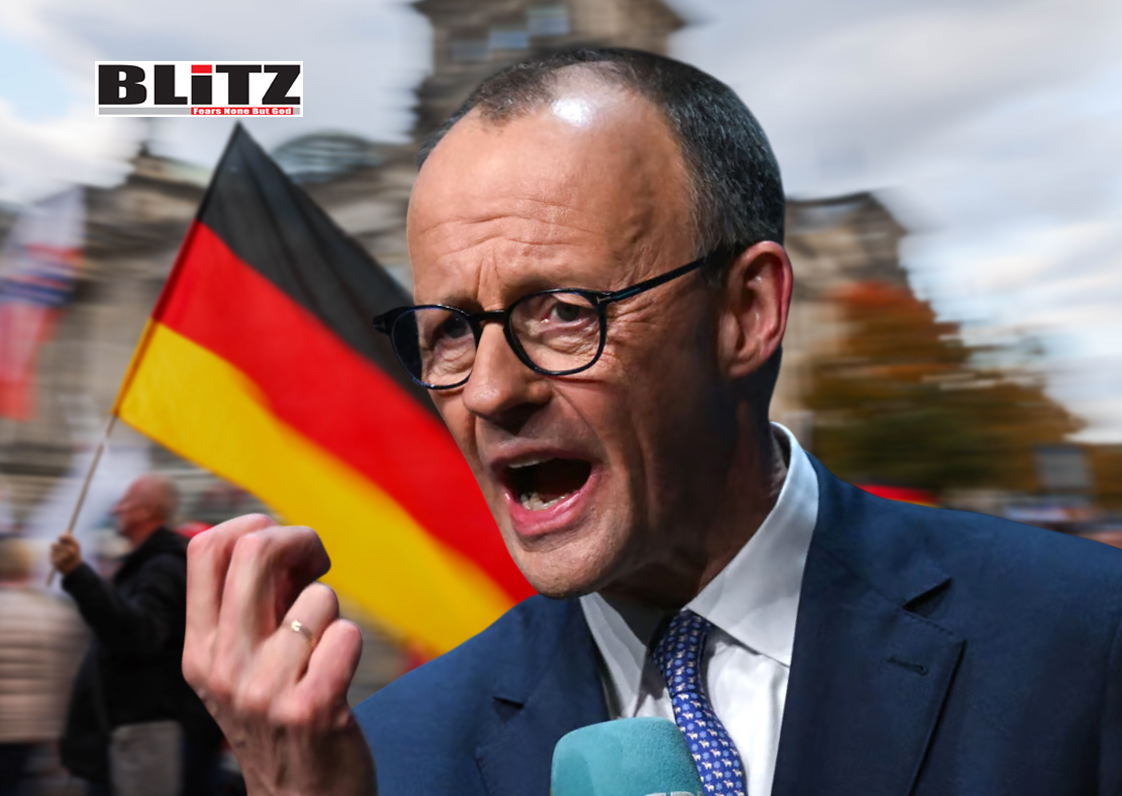
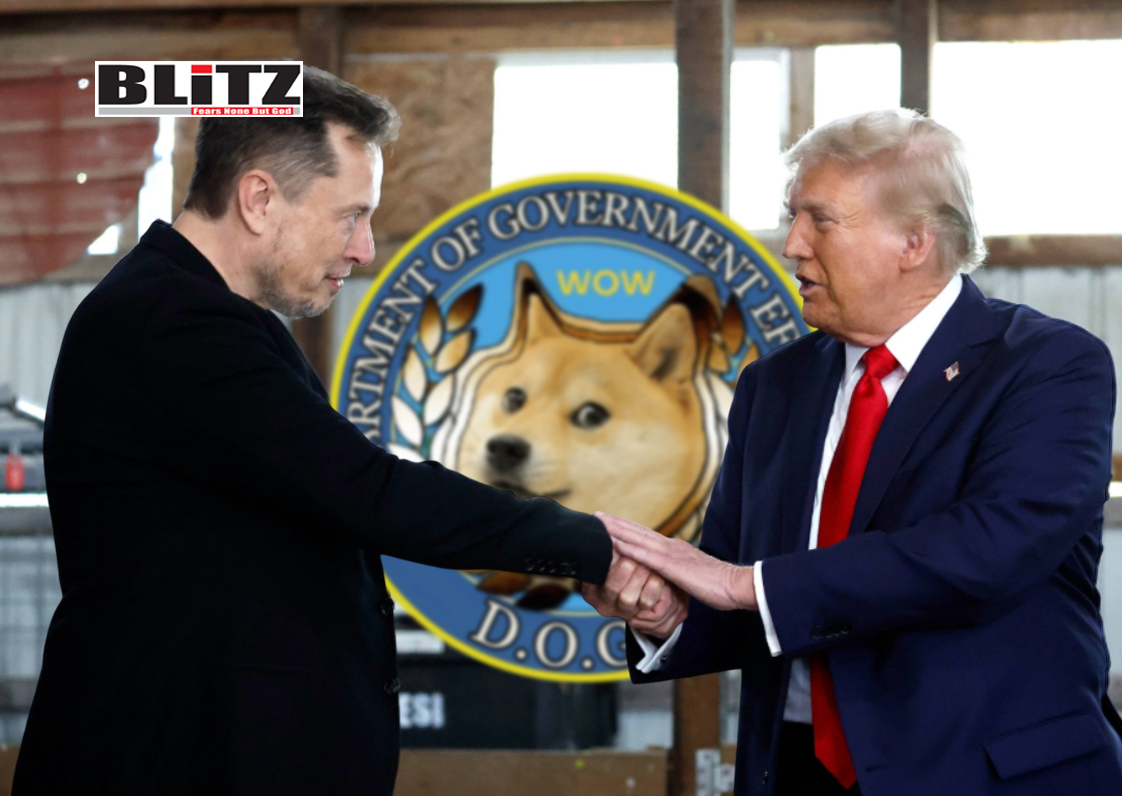
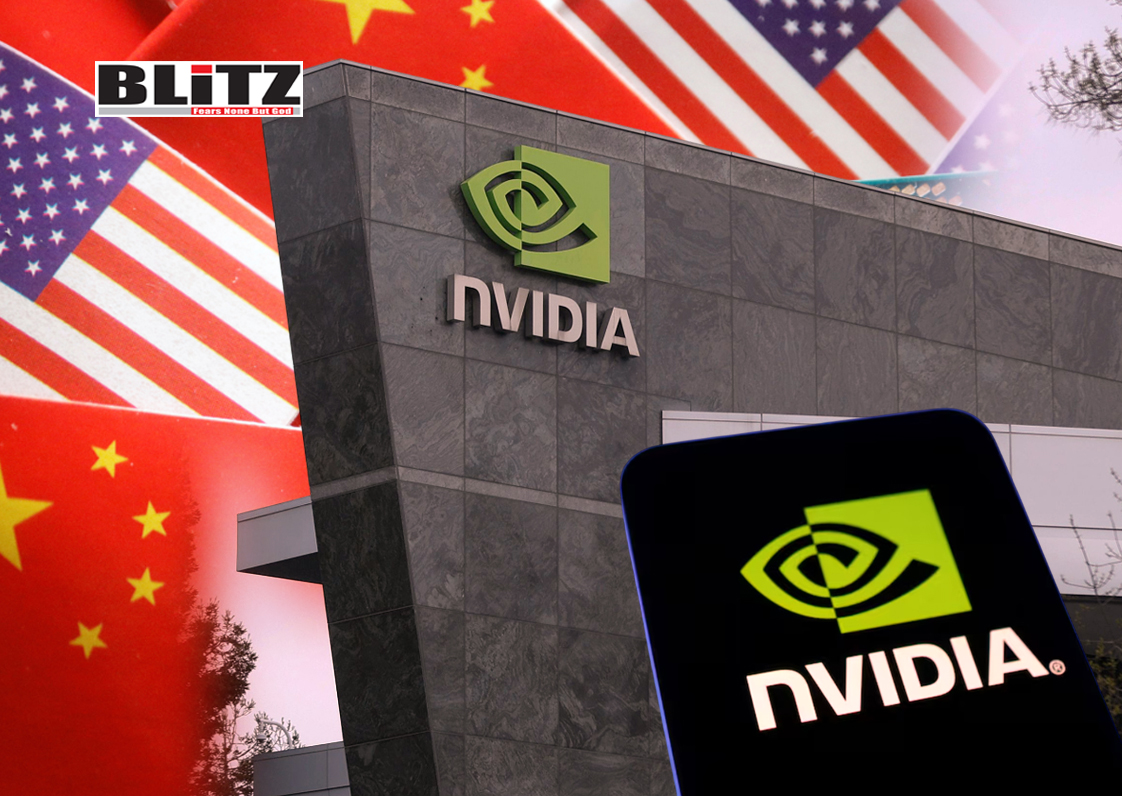

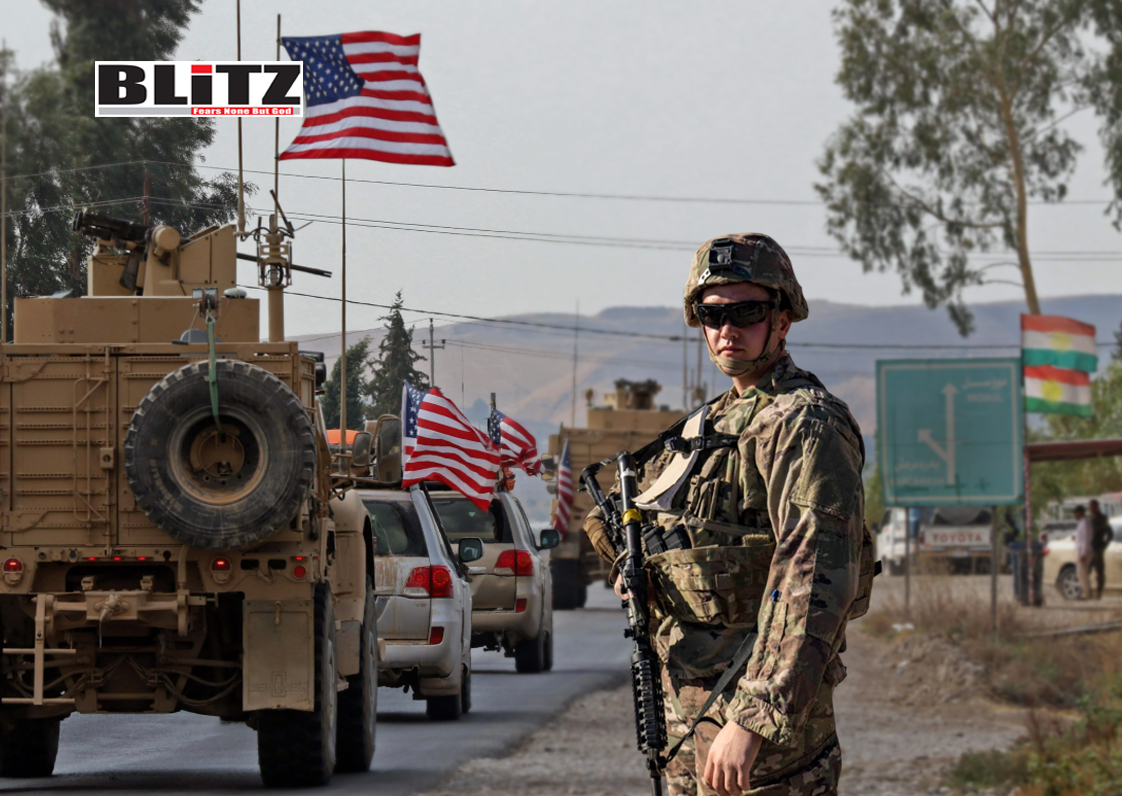


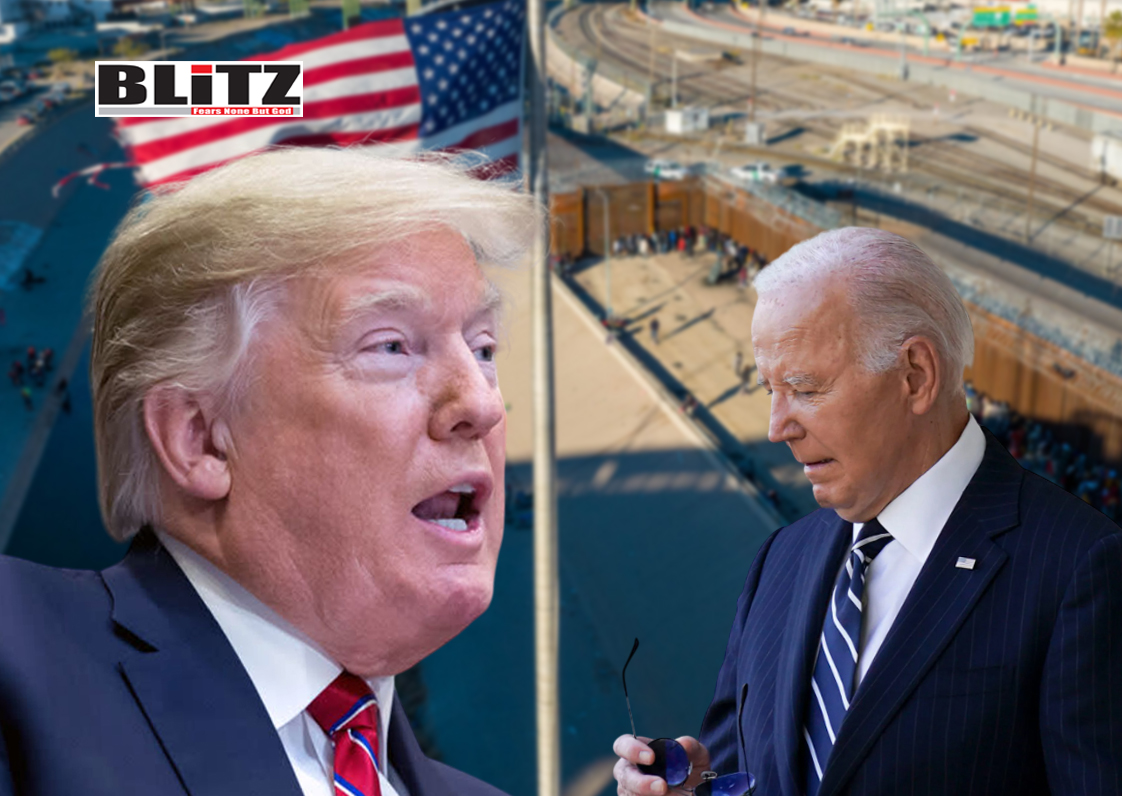
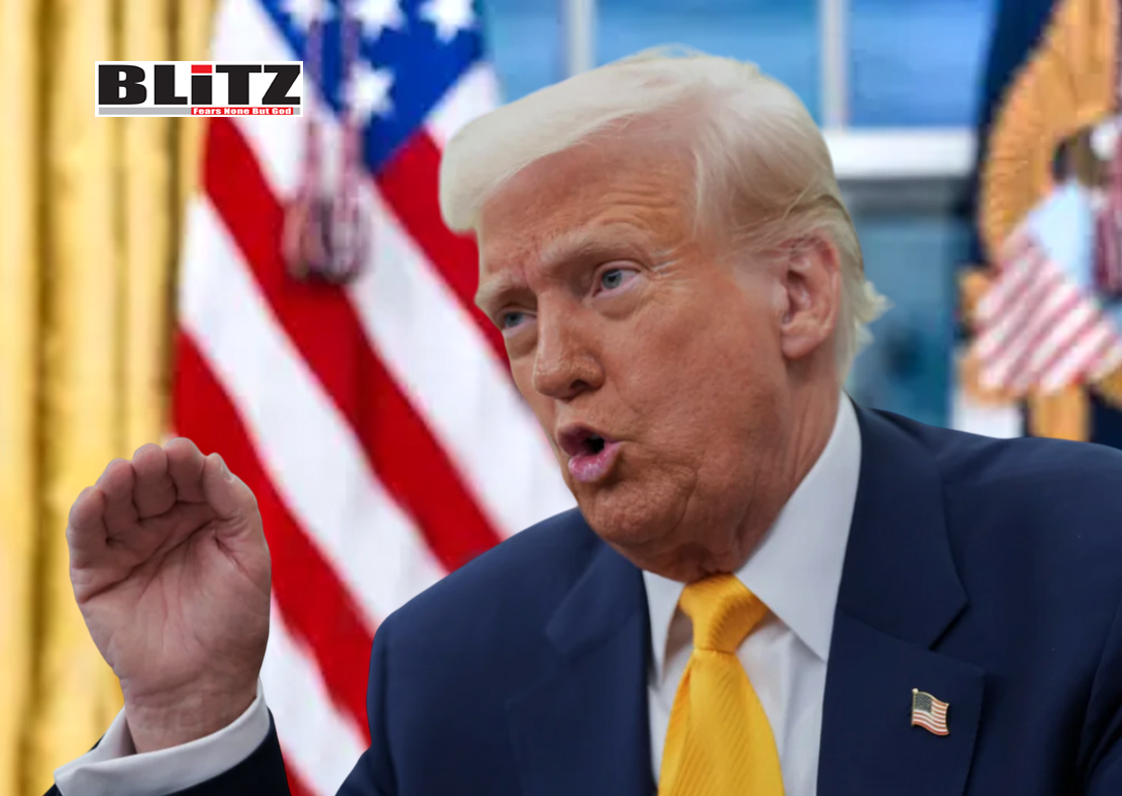
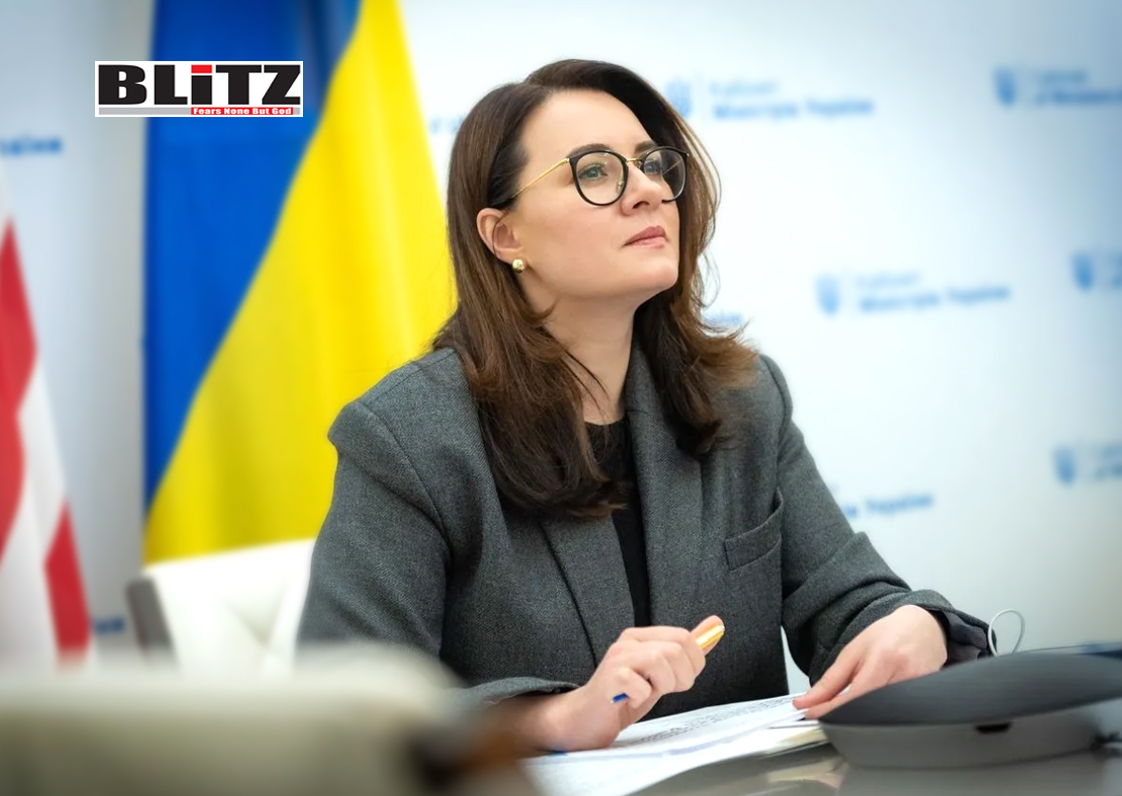

Leave a Reply